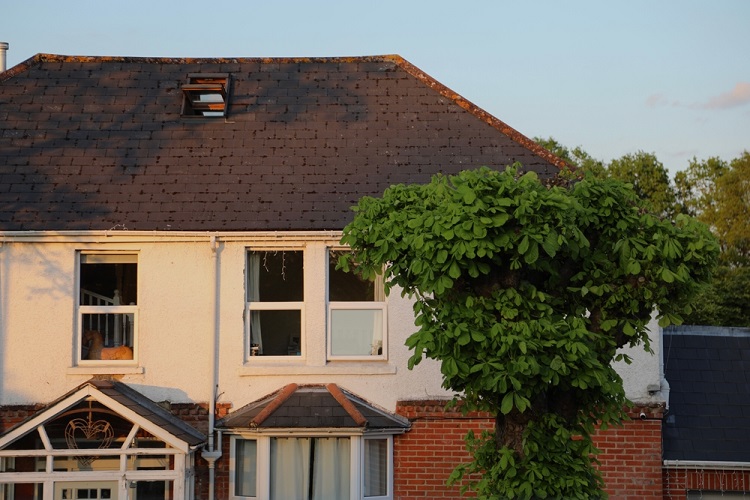Tree pollarding is a pruning technique that has been utilized for centuries to improve the wellbeing and beauty of trees. This includes taking away the upper branches of the tree, leaving only the main trunk and some of the lower branches intact. This process controls development of the tree and promotes new growth, resulting in a thicker canopy and a healthier, more vibrant trees.
Table of Contents
Benefits of Tree Pollarding
One of the essential advantages of tree pollarding is the control of tree development. By cutting the upper branches, the tree is limited from developing too tall and spreading too wide. This can prevent damage during high winds or heavy rainfall, as the tree’s weight is equally distributed across the remaining branches.
Pollarding also promotes the development of new shoots and leaves, which can improve the overall wellbeing of the tree. It also encourages the tree to designate more assets towards producing new wood and maintaining its existing structure. Regular pollarding can prolong the life of the tree by preventing the accumulation of dead wood and debris. This may diminish the risk of illness or pests and maintain the structural integrity of the tree.
Potential Negative Consequences of Not Pollarding Trees
Trees that are not pollard can suffer negative consequences which includes spatial growth, constrained light penetration, and getting to be top-heavy. These issues can result in the tree becoming unstable, driving to potential safety hazards such as falling branches or even uprooting. Trees that are not pollard may also be more susceptible to pests and diseases, leading to their eventual death.
Process of Pollarding
Before initiating the pollarding process, it’s essential to prepare the tree by removing any dead or damaged branches and assessing the general health of the tree. It is also crucial to determine the appropriate height to which the tree should be pollard, based on the species and desired canopy size.
The pollarding process involves four steps: identifying the primary branches to leave intact and removing all others, cutting these branches to the desired height, eliminating excess foliage, and treating the cut areas with protective sealant to prevent pest infestation or infection.
After pollarding, proper aftercare is vital to guarantee the continued health and vitality of the tree. This includes regular watering and fertilizing, monitoring for signs of disease or pests, and maintaining the structural integrity of the tree through regular pruning and maintenance.
Cost and Risks
The cost of pollarding a tree can vary depending on factors such as the size, species, location, and condition of the tree, as well as the complexity of the job and the level of experience and expertise of the arborist. BSG Tree Pruning offers competitive pricing and free estimates for all its services, including pollarding.
There are some risks associated with pollarding, such as the potential for shock, disease, or damage to the tree if the process is not done correctly or if the tree is not healthy enough to withstand it. That’s why it’s important to hire a qualified and reputable tree care company like BSG Tree Pruning that follows industry standards and best practices for tree pruning.
Conclusion
In conclusion, tree pollarding is an efficient method to promote the safety and health of trees while simultaneously enhancing their aesthetic appeal. By controlling growth, improving wellbeing, and increasing longevity, these benefits both the trees and the community. Neglecting to pollard trees can pose potential safety risks and adversely impact the environment. BSG Tree Pruning is an expert provider of tree pollarding services, committed to promoting the wellbeing and safety of trees within the community.










